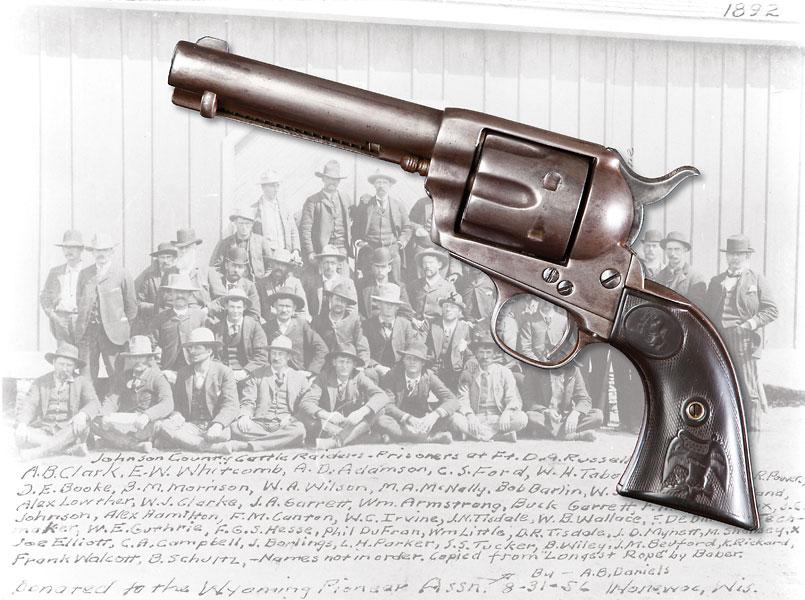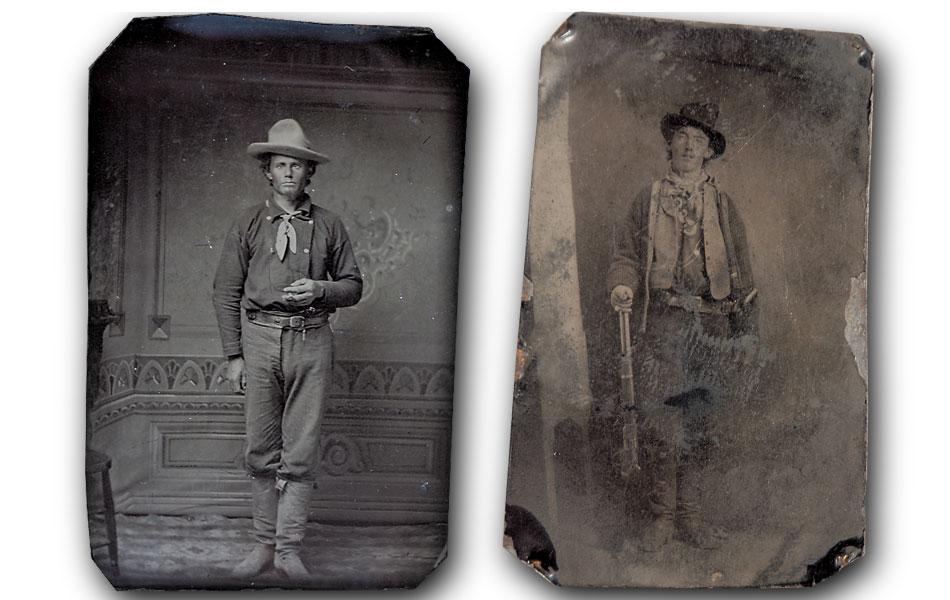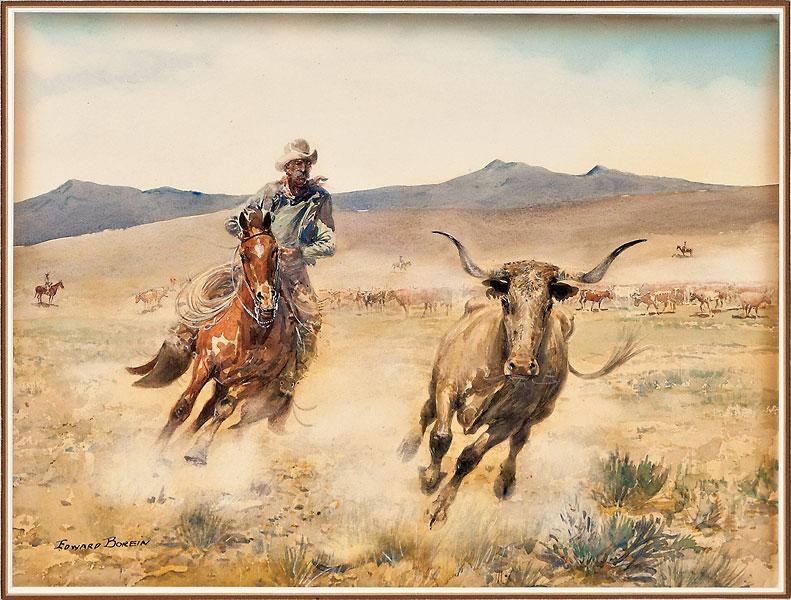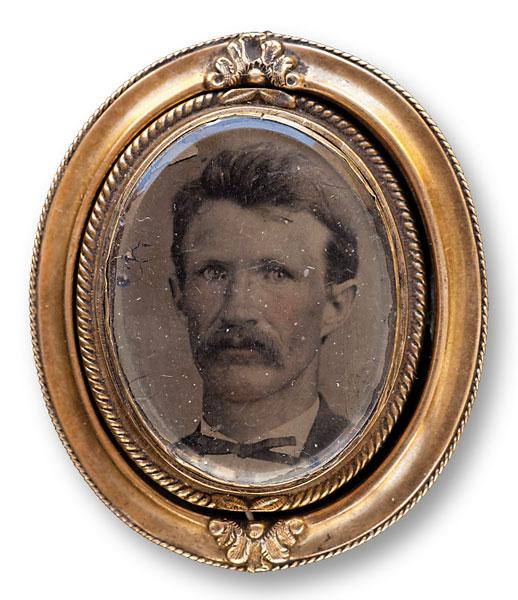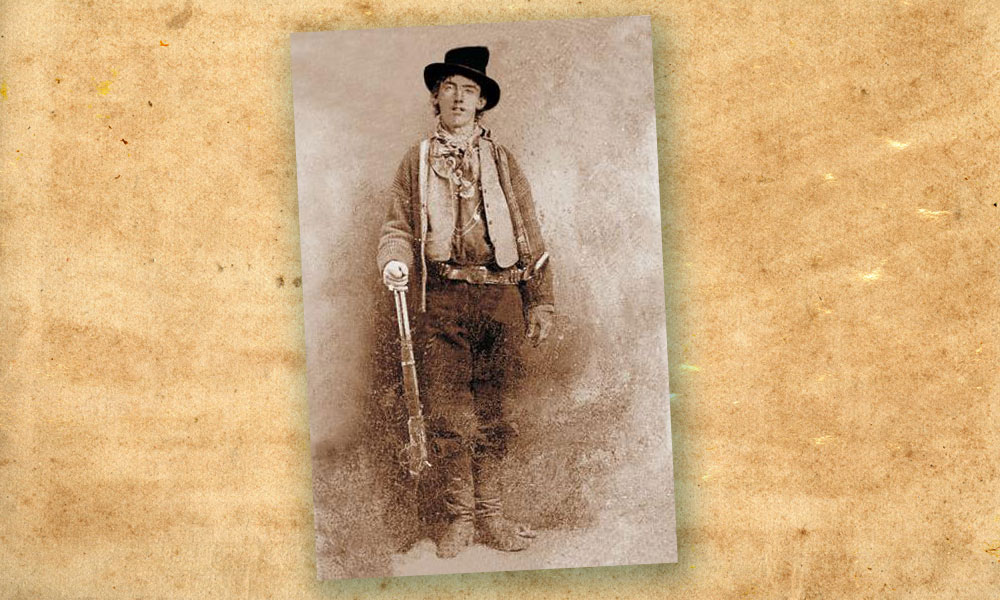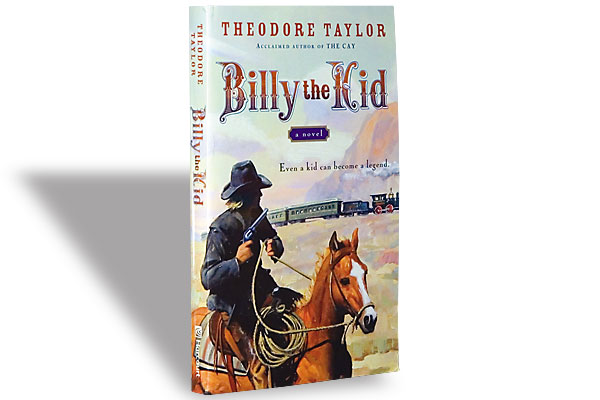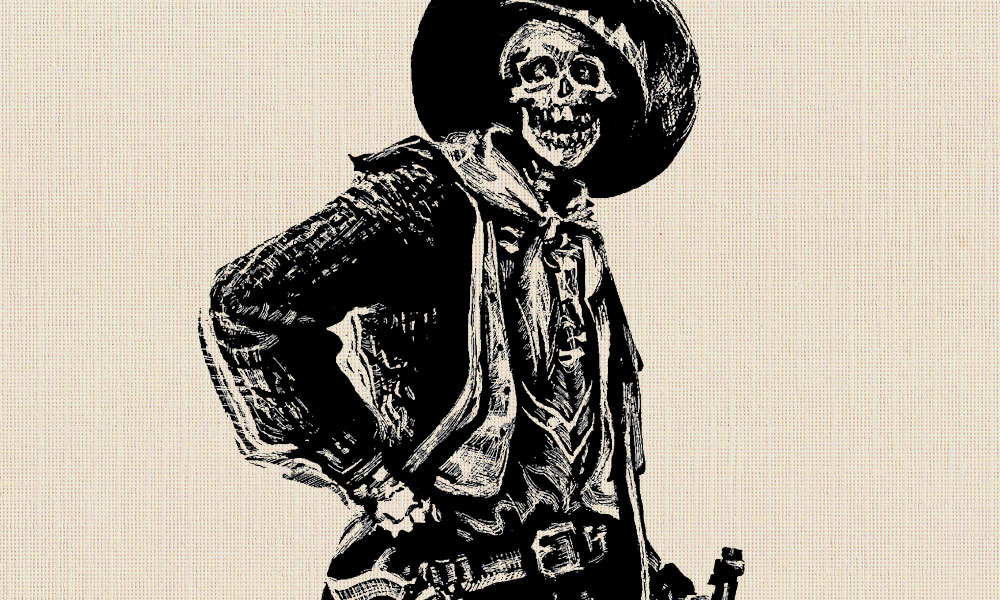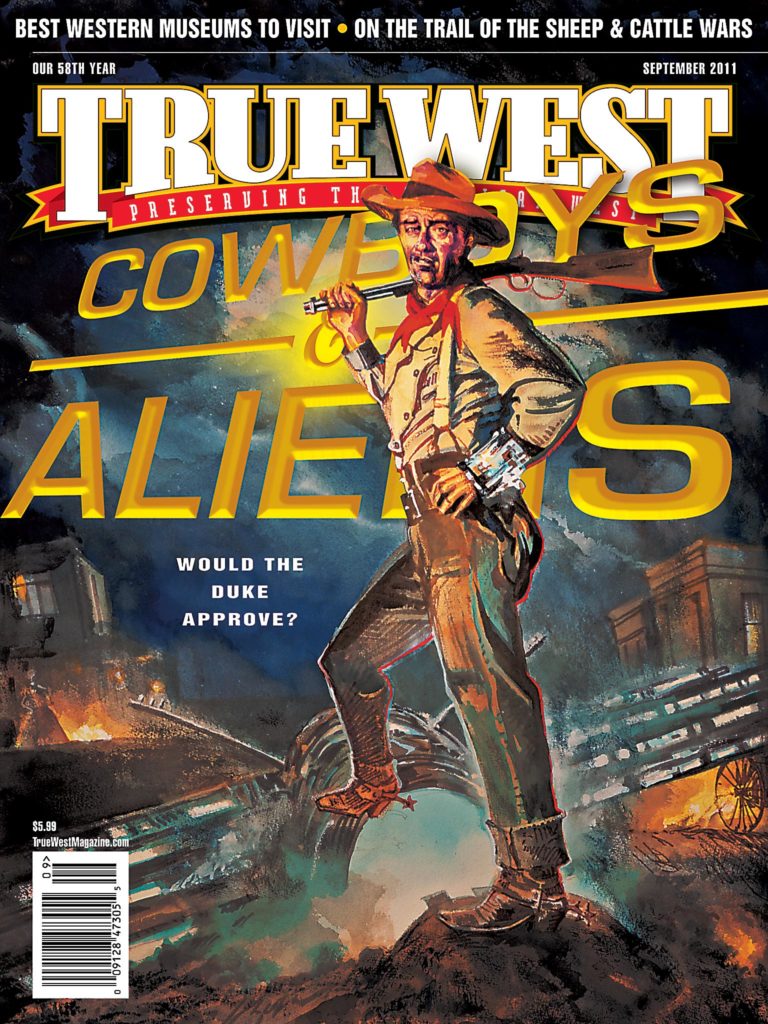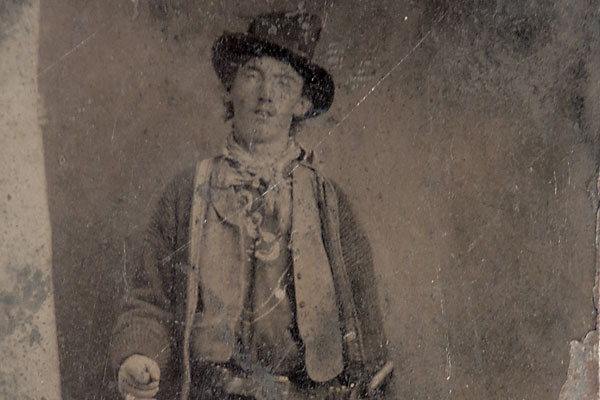 The holy grail of Old West photos is now on “Billionaire’s Row” in Palm Beach, Florida, with oilman William Koch, who won his $2 million bid for a tintype that likely cost 25¢.
The holy grail of Old West photos is now on “Billionaire’s Row” in Palm Beach, Florida, with oilman William Koch, who won his $2 million bid for a tintype that likely cost 25¢.
The cowboy room in that 36,000-square-foot mansion is so full to the gills that even the ceilings boast beaded Indian garb and a painted buffalo hide. There, Koch and his guests sit in leather chairs among Frederic Remington bronzes of cowboys on horseback, C.M. Russell paintings (in 2004, he famously bought the 1913 oil Whiskey Smugglers Caught with the Goods) and guns in glass-topped cases, of which, he includes in his collection Gen. Custer’s rifle and Bob Dalton’s six-shooter.
That last firearm holds a special place in his heart, as he reveals in Maritime Maverick, a book that showcases a large category of collecting for this sailor who won the America’s Cup in 1992. William fondly remembers how his father, Fred, used to regale him “with tales of the Wild West…and the murderous street battle that broke out…in Coffeyville…back in 1892…. That day, the lawmen mowed down the Dalton Gang, leaving Robert and Gratton dead, and Emmett badly wounded….”
“My father was a collector of sorts, I guess I got it from him,” he admitted to The New Yorker in 2007, when the magazine was covering the scandal of possibly fraudulent Thomas Jefferson wines that William had purchased in 1988. “He had a small collection of Impressionist art. He collected shotguns. Then he collected ranches.”
His father’s first acquisition of a ranch, the Spring Creek Ranch in the Kansas Flint Hills, took place in 1941, the year after William and his twin brother, David, were born. The next decade, Fred bought a ranch in Montana and various ranches that were part of the 1882 Matador Land and Cattle Company liquidation in Texas.
Fred made certain his four sons built their characters working summer jobs on the family’s cattle ranches. When he died in 1967, his oil refinery company, headquartered in William’s hometown of Wichita, Kansas, was to be shared among the four brothers. A 20-year-long dispute arose after William and his brother, Freddie, felt cheated in the company shares they had sold in 1983; they have since worked it out with their brothers, David and Charles (who are more widely known these days for their support of the Tea Party).
Why was cattle ranching so important for Fred to pass down to his sons? The answer may lie with his own father, Harry, who emigrated from the Netherlands and, in 1890, ended up in Quanah, Texas, a former feeder trail for cattle herded along the Great Western to Dodge City, Kansas, that became a shipping center thanks to its rail hub. Harry applied his printing skills by purchasing a print shop and a weekly newspaper, Chief, which merged in 1894 to become the Tribune-Chief.
A big story he reported on in this ranching town actually took place the following year. George Isaacs was on trial for helping plan a robbery that resulted in the murder of Sheriff Tom McGee, whom his conspirators had killed in a Wells Fargo Express robbery that went bad fast. Isaacs ended up with a life sentence (although he forged a pardon that set him free in 1899).
You can imagine Harry telling his own son this Wild West tale—Genius George had pretended to mail $25,000; the crew would steal the $2,500 he had actually sent, and then he’d collect on the stolen property; even if his plan had worked out, he chose the wrong insurance plan, which only would have covered the roughly $30 shipping fee he had spent on the packages.
Fred likely would have remembered his father telling such a story. Which might explain, perhaps, his attraction to the Dalton Gang tale. After all, Isaacs planned that Wells Fargo robbery with Bill Doolin, a known Dalton Gang associate who, perhaps out of luck, did not ride with the gang on that deadly day in 1892.
Brian Lebel’s Old West auction in Denver, Colorado, drew in about $3.1 million in bids on June 25, 2011.
Photo Gallery
Dan Dedrick (in the tintype at left) is the reason why the Upham family even owned the only known photograph of Billy the Kid (at right). Dan and the Kid were friends and had likely exchanged copies with each other. Check out our June 2011 cover story or read Mark Boardman’s article on TWMag.com for the background story on these tintypes. William Koch purchased these tintypes as one lot for his $2 million bid.


